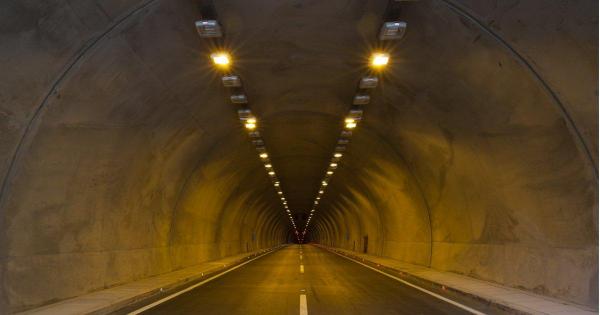
Majowe zamknięcia w tunelu Mont Blanc
Utrudnienia związane są z pracami konserwacyjnymi.
CAŁKOWITE ZAMKNIĘCIE RUCHU
– od 21:00 w poniedziałek, 9 maja do 6:00 we wtorek, 10 maja
– od 21:00 we wtorek, 10 maja do 6:00 w środę, 11 maja
– od 21:00 w środę, 11 maja do 6:00 w czwartek, 12 maja
– od 21:00 w czwartek, 12 maja do 6:00 w piątek, 13 maja
– od 21:00 w poniedziałek, 16 maja do 6:00 we wtorek, 17 maja
– od 21:00 we wtorek, 17 maja do 6:00 w środę, 18 maja
– od 21:00 w środę, 18 maja do 6:00 w czwartek, 19 maja
– od 21:00 w czwartek, 19 maja do 6:00 w piątek, 20 maja
– od 21:00 w poniedziałek, 23 maja do 6:00 we wtorek, 24 maja
– od 21:00 we wtorek, 24 maja do 6:00 w środę, 25 maja
– od 21:00 w poniedziałek, 30 maja do 6:00 we wtorek, 31 maja
– od 21:00 we wtorek, 31 maja do 6:00 w środę, 1 czerwca.
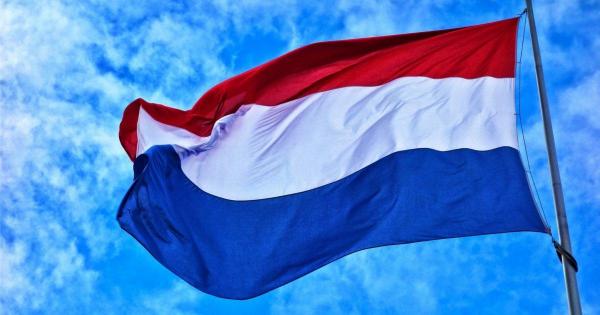
Netherlands: traffic disruptions on the A6 near Lemmer
Various maintenance works are scheduled to take place on the A6 motorway near Lemmer in the direction of Emmeloord between 10th and 19th of May.
The work will be performed mainly in the evening and at night. For the duration of the works A6 between Lemmer and Bant will be closed. The following closures are planned between 10th and 12th of May and between 17th to 19th of May from 7:00 PM to 5:00 AM:
➡ Autobahn A6 Lemmer towards Emmeloord between Lemmer (17) and Bant (16),
➡ the Lemmer exit (17) towards Emmeloord,
➡ thw Bant exit (16) towards Emmeloord,
➡ Lemsterhop service area and gas station.
Traffic will be diverted via the Lemmer exit (17), the N718 motorway and the Bant exit (16). For this reason, drivers should account for the possibility that their travel time may increase by approximately 20 minutes.

Sperrungen im Mont-Blanc-Tunnel im Mai
Aufgrund von Wartungsarbeiten ist der Tunnel an folgenden Daten komplett gesperrt:
– von 21:00 Uhr am Montag, 9. Mai, bis 6:00 Uhr am Dienstag, 10. Mai
– von 21:00 Uhr am Dienstag, 10. Mai, bis 6:00 Uhr am Mittwoch, 11. Mai
– von 21:00 Uhr am Mittwoch, 11. Mai, bis 6:00 Uhr am Donnerstag, 12. Mai
– von 21:00 Uhr am Donnerstag, 12. Mai, bis 6:00 Uhr am Freitag, 13. Mai
– von 21:00 Uhr am Montag, 16. Mai, bis 6:00 Uhr am Dienstag, 17. Mai
– von 21:00 Uhr am Dienstag, 17. Mai, bis 6:00 Uhr am Mittwoch, 18. Mai
– von 21:00 Uhr am Mittwoch, 18. Mai, bis 6:00 Uhr am Donnerstag, 19. Mai
– von 21:00 Uhr am Donnerstag, 19. Mai, bis 6:00 Uhr am Freitag, 20. Mai
– von 21:00 Uhr am Montag, 23. Mai, bis 6:00 Uhr am Dienstag, 24. Mai
– von 21:00 Uhr am Dienstag, 24. Mai, bis 6:00 Uhr am Mittwoch, 25. Mai
– von 21:00 Uhr am Montag, 30. Mai, bis 6:00 Uhr am Dienstag, 31. Mai
– von 21:00 Uhr am Dienstag, 31. Mai, bis 6:00 Uhr am Mittwoch, 1. Juni

Closures in the Mont Blanc Tunnel in May
Owing to maintenance works, the tunnel will be completely closed on the following dates:
– from 9:00 PM on Monday, May 9, to 6:00 AM on Tuesday, May 10
– from 9:00 PM on Tuesday, May 10, to 6:00 AM on Wednesday, May 11
– from 9:00 PM on Wednesday, May 11, to 6:00 AM on Thursday, May 12
– from 9:00 PM on Thursday, May 12, to 6:00 AM on Friday, May 13
– from 9:00 PM on Monday, May 16, to 6:00 AM on Tuesday, May 17
– from 9:00 PM on Tuesday, May 17, to 6:00 AM on Wednesday, May 18
– from 9:00 PM on Wednesday, May 18, to 6:00 AM on Thursday, May 19
– from 9:00 PM on Thursday, May 19, to 6:00 AM on Friday, May 20
– from 9:00 PM on Monday, May 23, to 6:00 AM on Tuesday, May 24
– from 9:00 PM on Tuesday, May 24, to 6:00 AM on Wednesday, May 25
– from 9:00 PM on Monday, May 30, to 6:00 AM on Tuesday, May 31
– from 9:00 PM on Tuesday, May 31, to 6:00 AM on Wednesday, June 1.
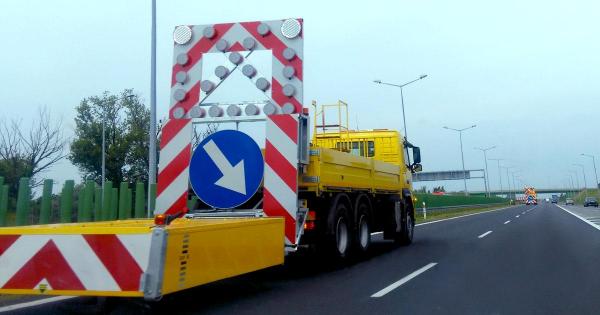
Traffic disruptions on the Polish-German border in Świeck
The General Directorate for National Roads and Motorways (GDDKiA) asks drivers to select alternative routes and cross the border in other places.
Owing to urgent roadworks on the German side on the A 12 motorway (the bridge over the Odra river) the speed limit has been reduced to 60 km/h and traffic can only continue along a single carriageway. The roadworks will last until December 22.
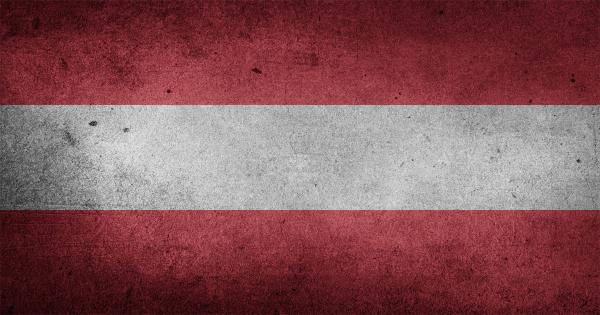
Since 2018 toll fares for trucks in Austria rise by 1%
Until 2020, trucks with Euro-6 classification will be able to pay lower toll fees (owing to the exemption from pollutant surcharges).
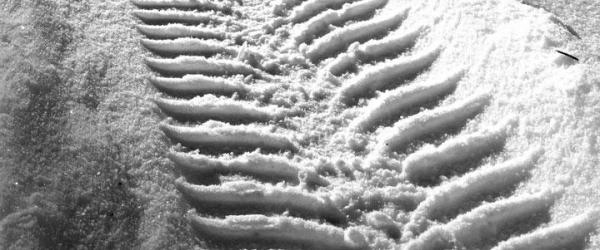
Where and since when are winter tires and snow chains required in 2017/2018 – Part 2
Curtesy of the Continental company, here is a roundup of essential information about regulations for winter equipment on trucks and buses in 2017/2018.
What are the rules concerning the use of winter tires e.g. in Poland, Norway or Slovenia?
It’s good to become familiar with the respective regulations in each country before setting out on the road in order to avoid unpleasant surprises and fines.
The site www.trafficban.com contains tabs dedicated to each country, with information about the obligation (or lack thereof) of having snow chains, using appropriately designated tyres, and whether the use of studded winter tyres is allowed.
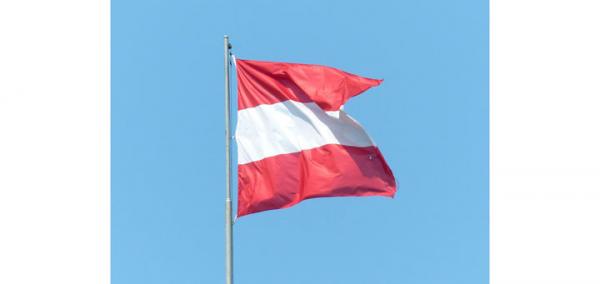
Austria: weekend rest in cabin prohibited
The chairman of Transitforum Austria thinks it is unacceptable that thousands of drivers should illegaly spend their regular weekly rest in the Inn Valley, which is a protected area, specifically against noise and air pollution.
“We have submitted a formal motion with the Department of Transport Law in the Tirol Regional Government requesting that the Traffic Police in cooperation with the Health and Safety Inspectorate should take measures ensuring immediate and strict enforcement of Regulation (EC) No 561/2006, which forbids commercial drivers to spend their weekly rest (45h) within the entire road network of Tirol and in service areas along A 12 and A 13 motorways.”
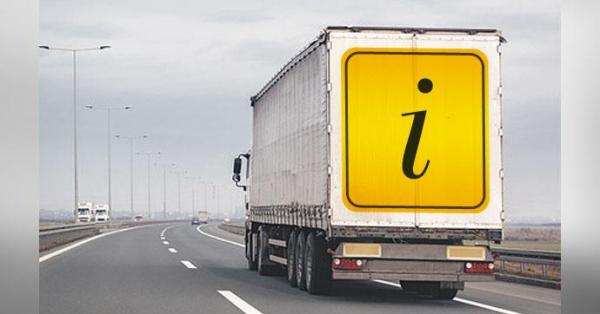
Austria and France – toll fares in 2018
From 2018 higher toll fares in Austria and France
In Austria toll fares depend on the vehicle’s emission standards (Euro class) and on time of day. In France, toll is collected on all motorways and for the passage of the Fréjus and Mont Blanc tunnels.
More details can be found by clicking the link below
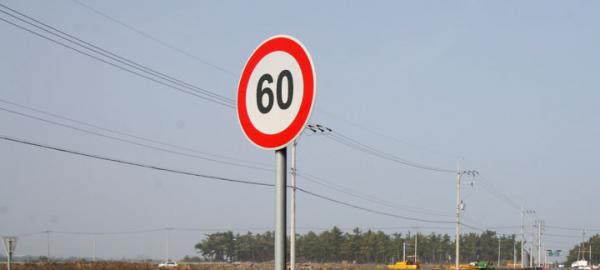
Austria to repeal night speed limit for HGVs
Plans to repeal the regulation have been announced by the new Minister for Infrastructure Norbert Hofer.
At present lorries with maximum authorised mass over 7.5 t are subject to a night speed limit of 60 km/h. Hofer’s actions have met with a widespread support of the Austrian haulage industry.